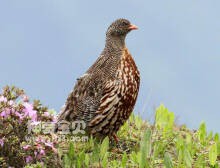
Snow Partridge (Lerwa lerwa) has three subspecies.Snow quails are good at walking and gliding, and often slide from one hill to another when they encounter enemies. As he walked on the ground he seemed to waddle, to stagger, to be ridiculously awkward. Their feather color is consistent with the surr...

The Green fowl (Gallus varius) is a foreign name, Green Junglefowl, without subspecies.Green roosters live not far from the coast and valley of the sea, rice fields and the surrounding dry rocky jungle. Standing in the bush all day, leaving only in the morning and at night. In pairs or small groups...
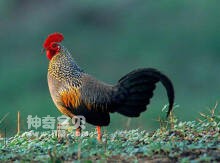
The Grey fowl (Gallus sonneratii) is known as Grey Junglefowl and has no subspecies.Grey roosters, like many pheasants in the tropics, forage for food only in the morning and evening. Hiding in the woods during the hottest hours. On cloudy days, however, activities are held throughout the day. The b...
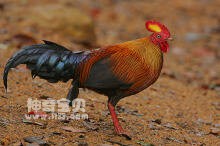
The black-tailed fowl (Gallus lafayetii) is Ceylon Junglefowl, no subspecies.The black-tailed pheasant is a species of pheasant, but is most similar in appearance to the grey pheasant and pheasant. The black-tailed pheasant, like the green pheasant, is an island species, evolving alongside predators...
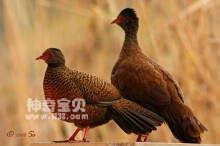
Galloperdix spadicea, also known as Red Spurfowl, is a timid bird that moves close to the tree canopy. Often in pairs, they search for food around streams or on the edge of cliffs in dry forests. In a dangerous situation, he will pull his legs close to his neck and even jump from rock to rock on a h...
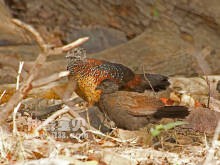
Galloperdix lunulata: Painted Spurfowl, no subspecies.Painted quails are timid birds that move close to the tree canopy. Often in pairs, they search for food around streams or on the edge of cliffs in dry forests. In a dangerous situation, he will pull his legs close to his neck and even jump from r...
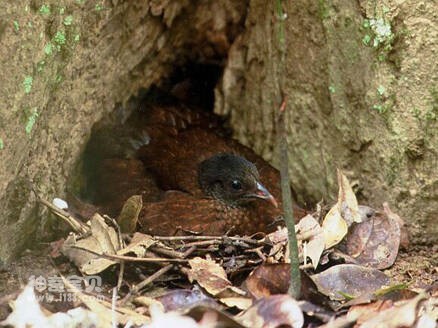
The Sri Lankan Galloperdix bicalcarata, also known as Ceylon Spurfowl, is a timid bird that moves close to the canopy. Often in pairs, they search for food around streams or on the edge of cliffs in dry forests. In a dangerous situation, he will pull his legs close to his neck and even jump from roc...
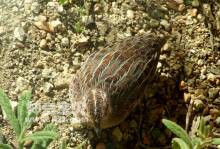
Coturnix pectoralis (also known as Pectoral Quail) is a quail that often travels in pairs rather than flocks. It is often active in the plains, wastelands, streams and hillsides where dense weeds or undergrowth grow, and sometimes near arable land. Mainly eat weed seeds, beans, grains and berries, y...
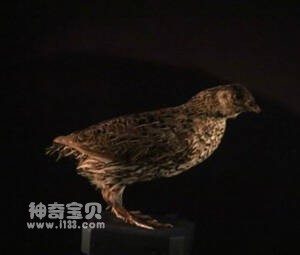
New Zealand quail Coturnix novaezelandiae (New Zealand Quail), little is known about New Zealand Quail, only from a person named Buhler collected a painting of New Zealand quail to imagine their posture, and from the habits of brown quail to guess the daily life of New Zealand quail: They usually li...

The Quail's scientific name is Coturnix delegorguei, and its foreign name is Harlequin Quail, and they often move in pairs rather than groups. It is often active in the plains, wastelands, streams and hillsides where dense weeds or undergrowth grow, and sometimes near arable land. Mainly eat wee...
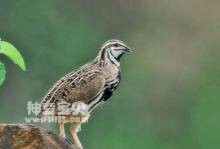
The black-breasted Quail is known as Coturnix coromandelica or Rain Quail and is found in pairs rather than groups. It is often active in the plains, wastelands, streams and hillsides where dense weeds or undergrowth grow, and sometimes near arable land. Mainly eat weed seeds, beans, grains and berr...
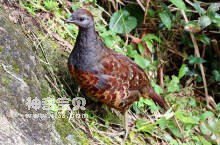
Chinese Bamboo Partridge (scientific name: Bambusicola thoracica) has 2 subspecies.Grouse usually move in groups, consisting of a few to more than 20, with larger groups in winter and scattered activities during the breeding season. Each group has a fixed activity area, the feeding ground and habita...

Mountain Bambusicola fytchii is a small chicken similar in size to Mountain Bambusicola Fytchii.Bamboo chickens usually live in small groups, consisting of a few to more than 20 individuals, with large groups in winter and scattered activities during the breeding season. Each group has a fixed activ...

Tragopan (Argusianus argus) is known as the Great Argus and has two subspecies.The pheasant roosts in trees at night and rummags for food on the woodland floor during the day, spending most of its time alone, except during breeding when the females gather to watch the males display in the courtship...
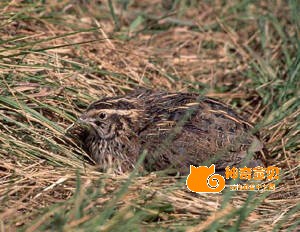
Snow partrail is known as Anurophasis monorthonyx and Snow Mountain Quail.Listed on the International Union for Conservation of Nature (IUCN) 2016 Red List of Threatened Species ver 3.1 - Near Threatened (NT).Protect wild animals and eliminate wild meat.Maintaining ecological balance is everyone'...
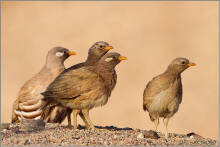
Ammoperdix heyi, also known as Sand Partridge, has four subspecies.The partridge is stout, smaller than the pheasant, fast at running and hiding, rarely flying, and soon tired of flying. Found in deserts and rocky slopes. The song of the partridge has an elegant texture and often echoes in its rocky...
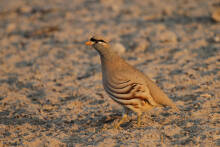
Ammoperdix griseogularis and See-see Partridge. Usually living in pairs, seeds make up 80% of the bird's diet in summer, with other foods including greens, berries and insects. Considered monogamous, females usually breed in April, laying 5-7 eggs per litter, with nests embedded or hanging from...

Red-legged Partridge (Alectoris rufa) has three subspecies.Red-legged cockerels are active during the day, in the early morning and evening, and usually rest at their perch at noon. Sex likes to swarm, and small flocks of up to 20 birds are often seen wandering fields and pastures. Sometimes during...